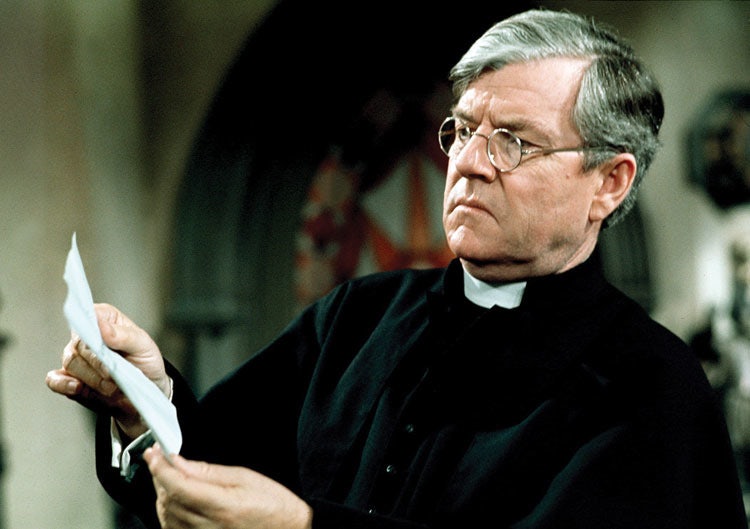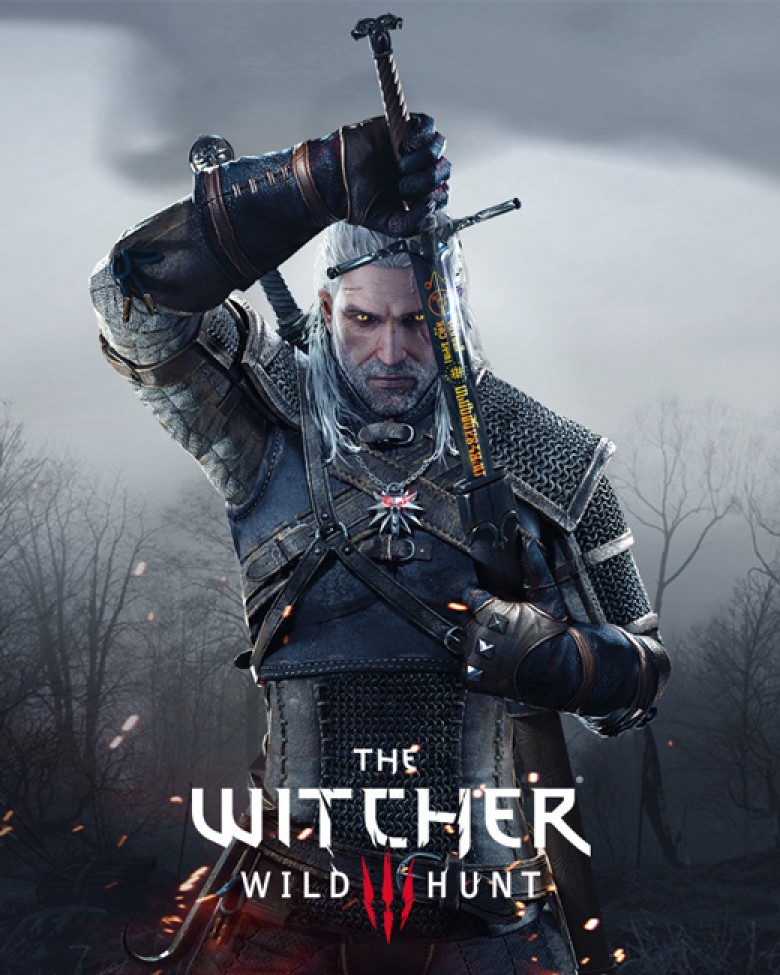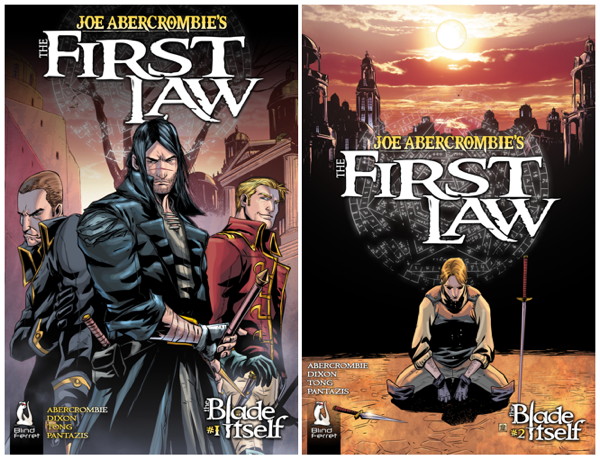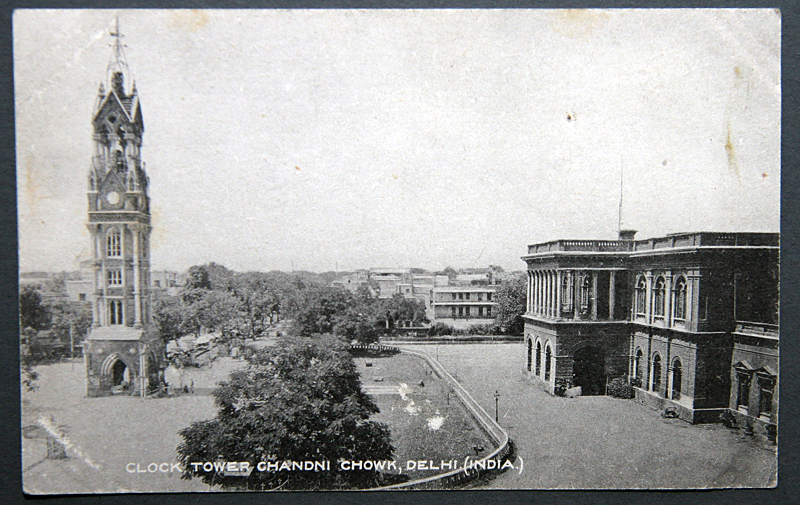Gilberth Keith Chesterton, The Complete Father Brown Stories, London, Wordsworth Classics, 2006, pp. 756.
Gilbert Keith Chesterton (1874–1936) was an English writer, philosopher, lay theologian, and literary and art critic. He is most famous for creating the fictional priest-detective Father Brown, and writings apologetics (the religious discipline of defending religious doctrines through systematic argumentation and discourse).
The idea for Father Brown came to Chesterton in 1903 when he was taking a walk with a Catholic priest. The priest happened to mention that he was about to support in print a proposal dealing with certain sexual crimes. He then proceeded to acquaint Chesterton with some of the “perverted” incidents resulting from these crimes, who was astounded as he himself had no idea that such “horrors” could exist, particularly since the priest was a quiet and pleasant celibate. When they came back from their walk they had dinner with two Cambridge graduates who, after the priest left, complained that a priest’s life is not a proper one as they are sheltered from the evils of the world, leaving them naive and unable to protect themselves. The absurd irony of the situation inspired Chesterton to create the fictional character of Father Brown.
This juxtaposition between the commonplace and the extraordinary is supposed to be the reason that people are attracted to the Father Brown stories. There is nothing really special about the character of Father Brown, an ordinary priest who does not chase criminals, get into fights or uses any forensic equipment to find the murderers. Instead, the stories heavily rely on Brown’s ability to empathise with various human outlooks and arrive at the criminal’s thought process.
I know this juxtaposition attracted me as well, for the first story starring Father Brown hooked me with its focus on the extraordinary through the commonplace, but I am not sure if this is the reason I stayed with the stories. It took me almost a year to go through this omnibus, though to be honest I covered more than half of the stories in the final two weeks. Nevertheless, considering the time and effort it took me to go through it, and the fact that I was willing to give it, I found many of the stories not living up to my high expectations.
A major reason for this is the uneven quality of the stories. This omnibus comprises of the 5 volumes of short story collections involving Father Brown. While I truly enjoyed the first book in the omnibus, and found the fourth and fifth books interesting but it was a chore to go through books two and three which were, to put it bluntly, generally boring. It was so boring that I had to take a break of months between some stories before I could go back to the book.

Literary descriptions of characters and places have generally left me cold, and while I could appreciate in an abstract way the superiority of Chesterton’s abilities as a writer compared to many other authors I have read, his beautiful descriptions, after a few stories, became a chore for me to get through to reach the plot of the story. It would be especially difficult to plough through it if the story was not captivating enough and my eyes would glaze over. To give just one example of Chesterton’s abilities of description,
“As it was, he jumped up with great promptitude, plunged into his clothes, seized his big knobby umbrella and bustled out into the street, where the bleak white morning was breaking like splintered ice about the huge black building facing him. He was surprised to find that the streets shone almost empty in the cold crystalline light; the very look of it told him it could hardly be so late as he had feared. Then suddenly the stillness was cloven by the arrowlike swiftness of a long grey car which halted before the big deserted flats.”
I would have to be an imbecile to not be moved by this description of a city street in the early morning by Chesterton. I can close my eyes and actually imagine the street as fog engulfs it. However, when I have to go through paragraphs upon paragraphs of the same sort of description of everything, it becomes a somewhat tedious process.
Chesterton in his stories follows no logical setup, unlike other detective stories. He prefers to instead focus on human psychology. Throughout his stories, Chesterton, as a practising Catholic, focuses on moral and spiritual failures. His later Father Brown writings have a more pronounced didactic element than his earlier ones. Funnily enough, I enjoyed his works with the didactic element more than some of his earlier works simply because of the incisive way he discusses human psychology and failings in these works. For example,
“The waiter stood staring a few seconds, while there deepened on every face at table a strange shame which is wholly the product of our time. It is the combination of modern humanitarianism with the horrible modern abyss between the souls of the rich and poor. A genuine historic aristocrat would have thrown things at the waiter, beginning with empty bottles, and very probably ending with money. A genuine democrat would have asked him, with comrade-like clearness of speech, what the devil he was doing. But these modern plutocrats could not bear a poor man near to them, either as a slave or as a friend. That something had gone wrong with the servants was merely a dull, hot embarrassment. They did not want to be brutal, and they dreaded the need to be benevolent. They wanted the thing, whatever it was, to be over.”
Though this paragraph is from one of his earlier works, his later works, in a similar vein, has some of the sharpest commentaries on human failings. Maybe this was the reason I remained with Chesterton’s work as long as I did. For when he wrote a particularly good Father Brown story, due to his profound insight into human psychology, he helped me understand some of the characteristics of my own world regardless of the length of time separating his world from mine, just like all great literature does.








